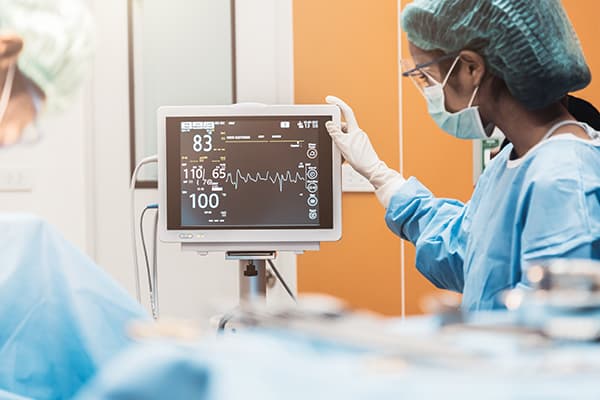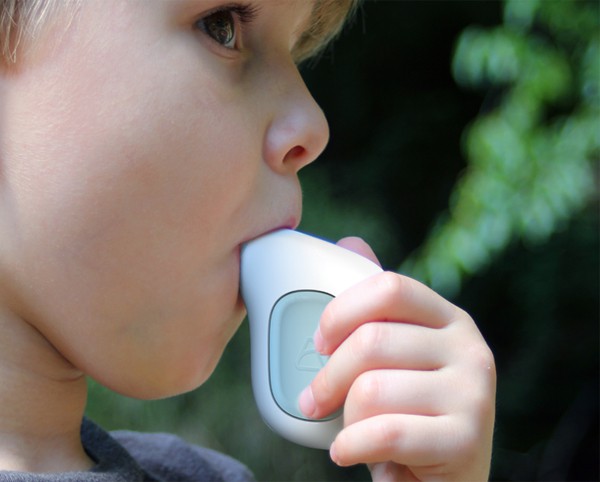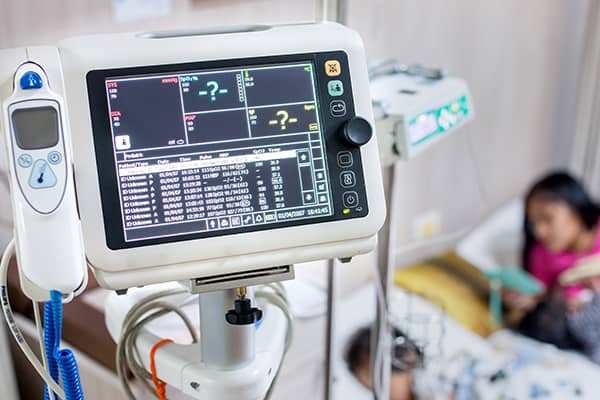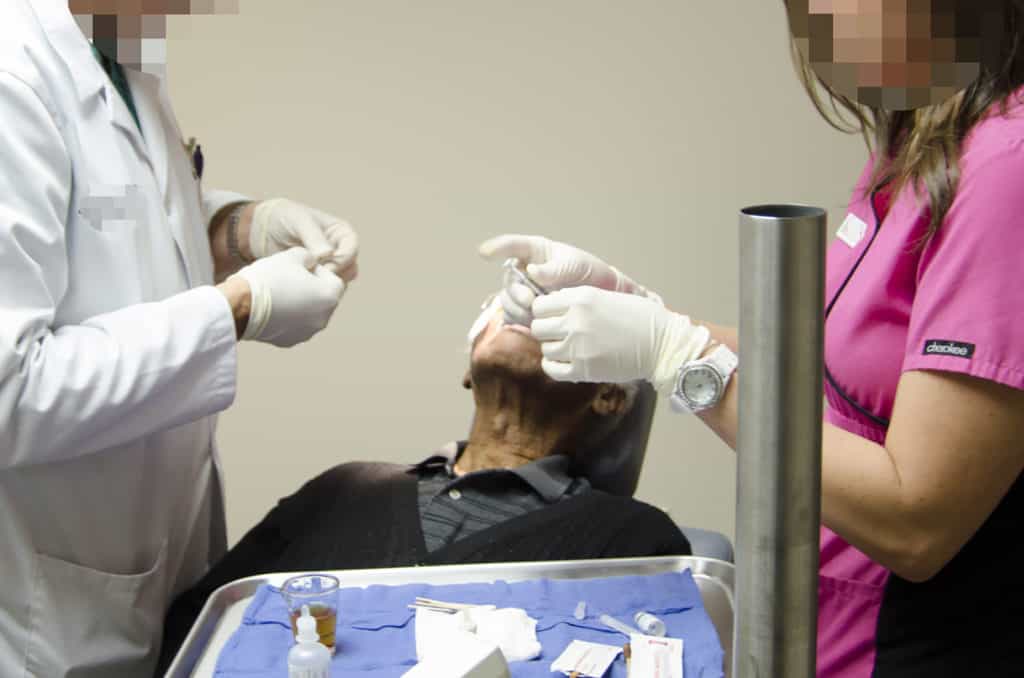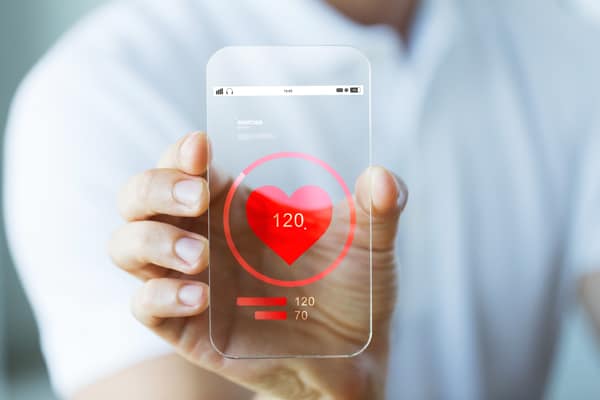“Applying Human Factors and Usability Engineering to Medical Devices”: The Impact of the FDA Guidelines & How to Adapt.
The importance of a user-centric approach has long ruled the world of product design, but as of February 3, 2016, the healthcare industry officially started following suit. That’s when the Food and Drug Administration (FDA) released a document called “Applying Human Factors and Usability Engineering to Medical Devices,” a set of guidelines that build usability and usability testing into the medical device design process.
It’s been a long time coming: FDA medical device regulation began in the late 1970s, the first steps toward making sure medical devices were safe for use. Then in the 2000s, with a growing understanding of the role human factors had to play in device development, departments within the agency finally began integrating user-centered design into the development process to improve the usability of devices and minimize harm from “use errors.” Previously the term “user error” had been used suggesting people and not the overall device design were at fault. A subtle but all-important shift occurred when the term “use error” became commonplace, emphasizing the relationship and causality between device and user and with it, empowering the medical device designer to advocate for a more user-centered approach and reduce human error.
So, while a user-centered approach is hardly a new concept for medical device development, the FDA has now formalized the focus on user experience, human capabilities, human limitations, cognition, decision making, and human factors engineering. That means that in addition to providing a Design History File (DHF) with your medical device submission, you also have to include a section that demonstrates the consideration of the application of human factors and usability engineering as part of the device development process. Comprehensive in nature, it starts with observed user need(s) and continues through user testing across multiple design iterations. The whole process requires designers and engineers to take a step back and focus on how they can make the design of equipment and devices as error-free as possible, ensuring it will be both safe and effective for everyone involved. By expanding the scope of medical device development to consider patients and healthcare professionals, we believe that healthcare has a chance to grow beyond the stereotypically technical and frustrating products in use today. But, like any new process, applying human factors principles, human factors research, human behavior, and usability engineering aren’t without their barriers.
RISE TO THE CHALLENGE
For design professionals, the growing emphasis on applying human factors and usability engineering presents exciting opportunities to become increasingly involved in the medical device development process beyond shaping the physical form. But it also means our work has become more complicated, and many companies are still coming to terms with the new requirements and facing challenges in trying to meet them.
Let’s talk about the two big issues: subjectivity and the knowledge gap.
Subjectivity
Most of what has historically been recorded in a design history file (DHF) are objective measures of the product design, engineering, and manufacturing process. Usability and human performance bring in a certain level of subjectivity because you are testing things with real people. Because of that subjectivity, measuring results can be more difficult. You’re dealing with people who have external factors, different environments, and previous experiences and biases that can impact results, and it all has to be taken into account when identifying user needs as they relate to the device.
Overcoming Subjectivity: Mitigate Risk by Testing Early and Often.
The key to effectively develop a product that is in line with the guidance established by the FDA? Consider the users and their needs from the beginning of the product development process. For any medical device, it starts with understanding who will use it (clinician, staff, patient, etc.) and where it will be used (hospital, surgical suite, home, etc.). This initial exploratory research can help pinpoint the right questions to ask and the appropriate tasks to include in validation studies, so you can account for any subjectivities as the design process continues.
By gaining a first-hand understanding of the users and environments that your product will serve, it gets easier to understand the mindset of the user you’re designing for. Then, once device concepts are developed, the human factors testing and analysis should occur in a parallel workstream to the design, engineering, and manufacturing of the device. Incorporate prototype usability and ergonomics evaluations into the early phases of your process so you can identify and eliminate major usability issues or possible user misunderstandings at the onset, reducing errors down the line and any costly rework associated with their discovery. (Bonus benefit: while yes, there’s another layer of work, it won’t necessarily make your whole process longer when you do usability testing alongside development.)
Knowledge Gap
Larger medical device organizations have been gradually incorporating the guidelines into their processes since the draft of the FDA guidelines was first released in 2011, but many small companies involved in medical device design are struggling in applying human factors and usability engineering into their development process. Why? Well, for one thing, the idea of usability and integrating it in the design process represents a knowledge gap for many companies who find themselves suddenly required to submit documentation around usability. For these organizations, learning how and when to use usability testing can be tricky, unclear, and cumbersome. Even more so, usability testing and related documentation development is a massive undertaking and requires a lot of time and resources to carry out internally.
Closing the Knowledge Gap: Educate yourself and your team.
Overcoming the knowledge gap is multi-pronged: new product development professionals need to understand the intent of applying human factors and usability engineering to design, where it fits in the design process, and the steps to take both to incorporate into product design approach and to comply with the FDA requirements. The new guidelines provide an invaluable resource for achieving this understanding, but it can still be challenging putting it all into practice. The good news: You don’t have to do it on your own. Many organizations are choosing to hire new employees with the knowledge and capabilities they need, or partner with third parties who are experts in usability and iterative user testing and can help them through the process.
STAY AHEAD OF THE GAME
While companies are catching up with the current human factors and usability engineering guidance, regulations are still evolving as new technologies and user interfaces are being applied across the healthcare industry. The FDA has announced plans to release a document later this year called, “General 21st Century Cures Implementation Guidance,” outlining new regulatory approaches regarding the regulation of digital health products. We’re already thinking about the future implications of these guidelines, and targeting some areas, we’re interested to see addressed, like how previously unregulated digital health devices will converge with new usability and accessiblity guidance, and what testing should look like if you have an additive manufactured medical device (i.e., 3D printed tool).
Ours is an industry built on questions: The what if’s? The how might we’s? Imagine and learn how usability fits and enhances your new product development processes. The best way to stay on top of changes happening in the healthcare industry is to continually stay abreast of new regulations, keep a pulse on trends, but always consider their more significant impacts on your day-to-day work and real-world implications. Change can be scary but stay informed, and stay curious, and you’ll be more prepared to adapt.
See how Thrive used human factors to help pharmaceutical company Clearside Medical develop a revolutionary SCS™ (suprachoroidal space) Microinjector in our case study: “Using UX to Help Users See a Product’s Full Potential.”
